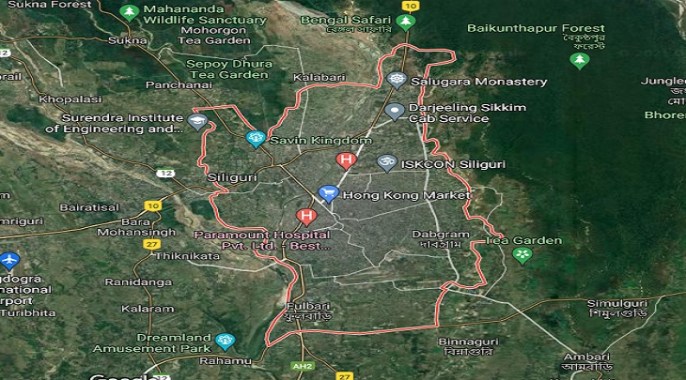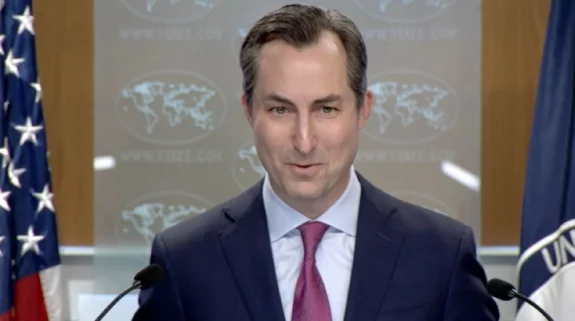The sleepy town of Siliguri—in the foothills of the Himalayas– which has typically served as a connecting junction for people of West Bengal travelling to their favourite hill station Darjeeling or Sikkim, is quietly getting a makeover. This town is soon going to become an international trade hub.
Siliguri is strategically located with easy access to Nepal, Bangladesh and China. That is not all. The critical Siliguri Corridor marks the 60 km long and 22 km “Chicken Neck” connecting the rest of India with the north eastern states.
“The chicken’s neck is critical as it is not very far off from the Tibet border. Therefore, security is a major concern,” Bipul Chatterjee, executive director CUTS International said at a webinar on multi-modal transport organised by Atal Bihari Vajpayee Institute of Policy Research and International Studies.
Also read: World Bank backs inter-linking of rivers between India and Bangladesh
Not only is the Siliguri corridor important for an inclusive transport-led growth for India’s northeastern region, from the security paradigm, it is even more crucial.
Security issues:
“Wedged between Bangladesh to the south and the west and China to the north, the Siliguri Corridor also links India to neighbouring Nepal, Bangladesh and Bhutan. By an advance of just 130 kilometres, the Chinese military could cut off Bhutan, west Bengal and the north-eastern states of India. About 50 million people in north-east India would be separated from the country,” the Lowy Institute in a study said.
The study noted that China, which already claims 90,000 square kilometres of territory in India’s north-east, has been a perennial threat to the Siliguri Corridor.
“Last year’s Chinese aggression and the Galwan Valley military standoff between India and China is an immediate wake up call for New Delhi. This is a very critical stretch that needs focus—it is important for connectivity which is related our northeast as well as the international borders,” an analyst told India Narrative.
Also read: Chittagong seaport, can break the northeast's reliance on the "chicken's neck," unshackle trade: ADB
The Lowy Institute study added that strategically, the Siliguri Corridor is precisely the point where China could hit in case of escalating conflict between the two Asian giants. With such a twist, China could change the entire status quo along the Line of Actual Control (LAC) and put India under even greater pressure.
Siliguri’s importance for trade and economic activities
The corridor is crucial – as a gateway to the northeast. A report published byDhaka Tribune pointed out that under the Bangladesh-Bhutan-India-Nepal Motor Vehicles Agreement (BBIN-MVA), Siliguri will be a key point of the South Asian road network. Siliguri is also part of the Asian Highway Network, which is supposed to connect the BBIN countries with Thailand and Myanmar through Bangladesh.
However, the rapid development on this little stretch has made Bangladesh wary. “This network will connect Myanmar and Thailand to Northeast India [Assam, Meghalaya, Tripura and Mizoram] through Siliguri, circumventing Bangladesh.” The newspaper quoted Khondaker Golam Moazzem, regional connectivity expert and research director at the Centre for Policy Dialogue (CPD) as saying.
Meanwhile, India and Bangladesh have already resumed the trans-border rail connectivity between Haldibari in West Bengal – located just 75 km away from the Chicken’s Neck and Chilahati located across the border in Nilphamari district after almost 55 years.
Development of the Siliguri Corridor will significantly reduce dependence on the Chittagong and Mongla ports.
However, two analysts India Narrative spoke to said that developmental activities should not be seen as isolated. “We know that the regional connectivity is weak and this area needs to be treated holistically. For New Delhi, securing, developing the Chicken Neck and Siliguri is of critical importance,” one of them said.
He added that the Siliguri Corridor will be key for expanding the scope of Prime Minister Narendra Modi’s Act East policy.




















